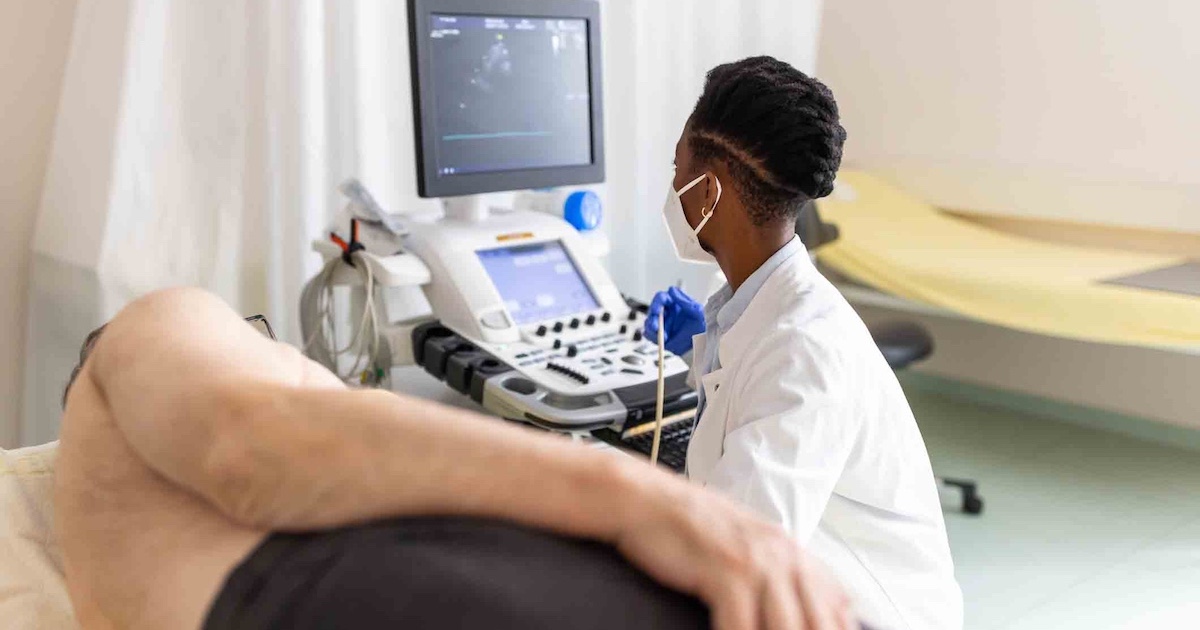Forget "You've got mail" – that's old. How about: "You've got an urgent health concern that needs immediate treatment?"
OK, too long. But you get the picture.
So does Verizon. The wireless giant, sensing the value in adding mobile video to its telecommunications offerings, is plunking down a cool $4.4 billion in cash to acquire AOL, the former dial-up Internet darling which has re-emerged in recent years as a media and marketing stalwart.
Analysts say the pending deal may mark a new flurry of activity from wireless carriers looking to enter or strengthen their place in the rapidly growing digital video market. AOL's technology is well regarded for developing and marketing ads and high-quality videos over the Web.
Whereas early reports about the deal are focusing on AOL's ad technology, it could also push Verizon (not to mention fellow carriers AT&T and Sprint) further into the telemedicine landscape with an expanded online platform that marries their communication expertise with high-definition video services.
Verizon has brought home health monitoring tools and virtual visit services to market in the past couple of years – the U.S. Food and Drug Administration approved its remote monitoring offering, though Verizon shuttered its virtual visits earlier this year. Whether it will use AOL technology to revive those capabilities neither company has commented on yet.
And the deal is certainly about more than just telemedicine but that potential is one aspect that industry eyes will be watching.
In a recent interview with The Wall Street Journal, Tim Armstrong, the former Google executive who now heads AOL, said that the combination of Verizon and AOL will “create what I think is the largest mobile and video business in the United States.” He said AOL could soon compete with the likes of Google and Facebook for digital advertising, and would have a stake in the rapidly emerging connected TV and mobile media and advertising sectors.
“This gives us a real seat at the table for the future of media and technology,” he said.
Added John Stratton, Verizon’s president of operations, during a Jefferies investor conference on Tuesday: “Certainly the subscription business and the content businesses are very noteworthy. For us, the principal interest was around the ad tech platform."
AOL started as a pioneer in the dial-up Web access arena, accumulating more than 20 million subscribers and an iconic place in the market before its disastrous $183 billion merger with Time Warner in 2000. The dot-com bust destroyed that arrangement, which dissolved in 2009, and AOL has since worked to redefine its brand as a developer of ad technology. The company has also staked its claim to online news and entertainment sites like the Huffington Post, Adapt.tv, MAKERS, OTT, Engadget and TechCrunch.
Related articles:
Virtual clinics step toward Telehealth 2.0
Microsoft's big telemedicne move
Why telehealth has a brighter future than apps


